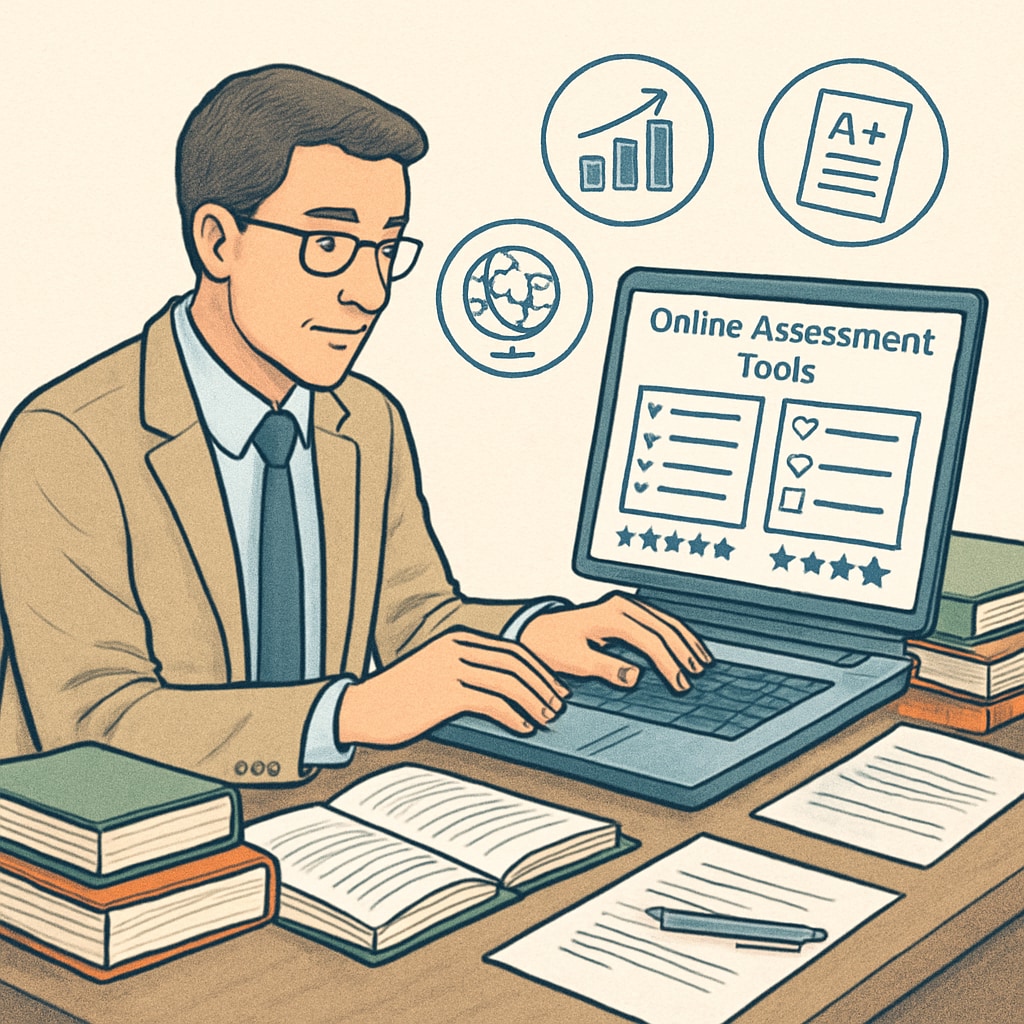In today’s dynamic educational landscape, finding and utilizing high-quality student test resources has become essential for educators and parents. These resources not only serve as tools to evaluate academic progress but also act as catalysts for deeper learning and self-reflection. Whether you’re a teacher aiming for more effective assessments or a parent looking to support your child’s academic journey, understanding how to identify and leverage these resources is vital.

Why High-Quality Test Resources Matter
High-quality test resources go beyond mere evaluation; they promote active engagement and critical thinking. Unlike generic tests, targeted assessments tailored to student needs ensure that areas of strength and improvement are accurately identified. For example, formative assessments (tests conducted during the learning process) can provide real-time feedback, enabling educators to adapt their teaching strategies and make informed decisions about lesson plans.
Moreover, well-designed tests challenge students to think critically, analyze scenarios, and apply knowledge, fostering skills that extend beyond the classroom.
How to Identify the Best Test Resources
Finding reliable student test resources can be challenging, especially with the abundance of options available online. Here are key features to look for:
- Alignment with Curriculum Standards: Ensure that the resources align with recognized educational standards, such as Common Core or state-specific frameworks.
- Engagement and Variety: Opt for tests that include diverse question types, such as multiple-choice, open-ended, and scenario-based queries.
- Feedback Mechanisms: Look for resources that offer detailed feedback, highlighting correct answers and areas for improvement.
- Age-Appropriate Content: Choose tests suitable for the student’s grade level and learning capabilities.
In addition, consider using trusted platforms like Britannica or Wikipedia to review educational material and verify the credibility of test providers.

Effective Ways to Use Test Resources
Once you’ve identified the right resources, it’s essential to use them effectively to maximize their impact. Here are some practical strategies:
- Schedule Regular Assessments: Incorporate periodic testing into the curriculum to ensure continuous monitoring of progress.
- Encourage Self-Reflection: Guide students to analyze their test results and identify areas they can improve.
- Combine with Learning Activities: Use test feedback to create targeted learning activities that address specific gaps.
- Collaborate with Parents: Share insights and results with parents to foster a supportive learning environment at home.
In addition, integrating technology can streamline assessments. Platforms offering online quizzes, adaptive learning tools, and instant feedback systems can save time and enhance accuracy.
Conclusion: Recommendations for Students and Educators
High-quality student test resources are invaluable tools for both educators and parents. They not only evaluate academic performance but also encourage critical thinking, self-reflection, and personalized learning. By identifying reliable resources, aligning them with educational goals, and using them strategically, you can unlock a student’s full potential.
Investing time in finding and utilizing such tools is a worthwhile endeavor that ultimately benefits students, guiding them toward academic success and lifelong learning.
Readability guidance: This article uses concise paragraphs, bullet points, and examples to ensure clarity. It avoids excessive technical jargon while maintaining a professional tone suitable for educators and parents.


